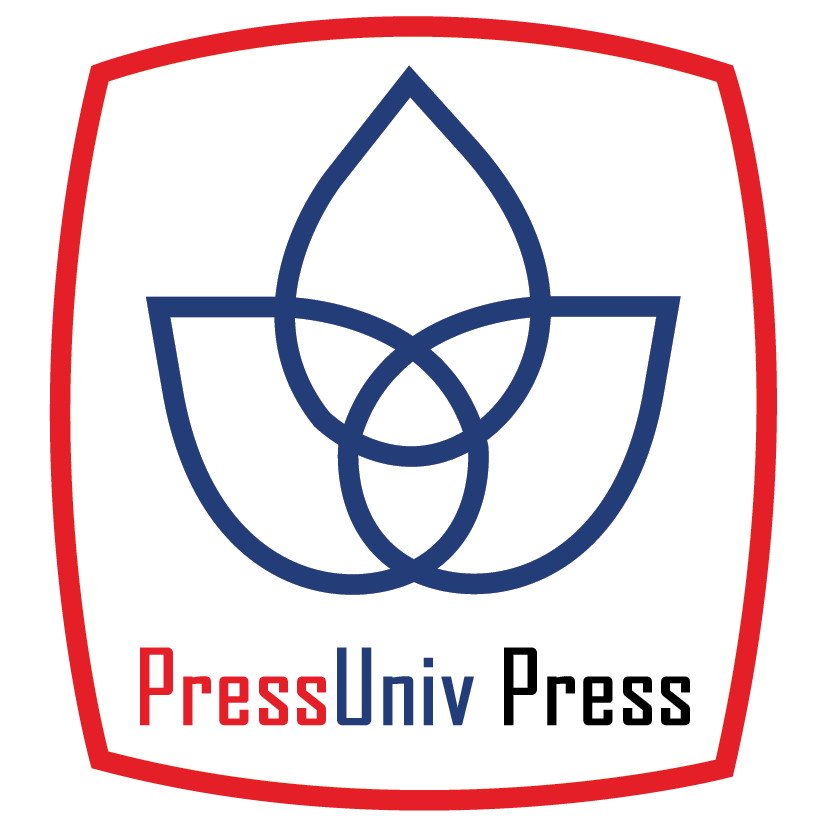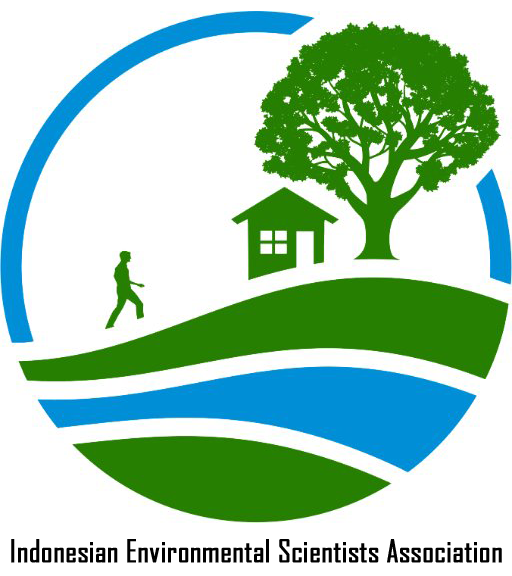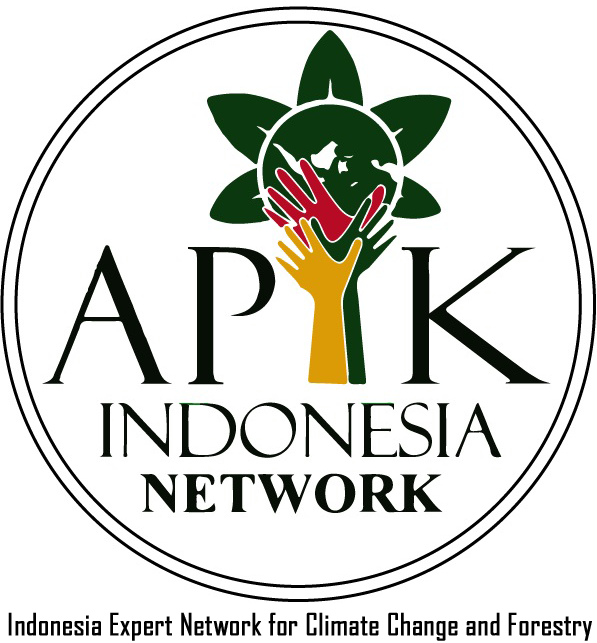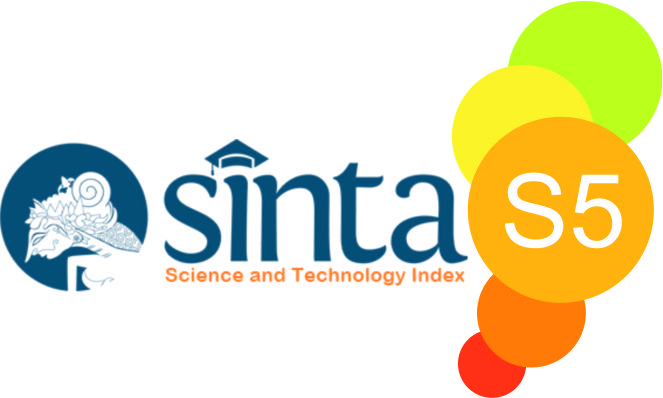TINJAUAN SOSIOEKONOMI PEMANFAATAN FESES SAPI DENGAN TEKNOLOGI VERMICOMPOSTING
Abstract
The Cibodas village is located in Pasir Jambu subdistrict at Bandung Regency, majority community livelihood edged is dairy cattle and agriculture. The problem of waste management in terms of cattle manure that could potentially produce methane (CH4) as one of the greenhouse gases (GRK), and when the cattle manure dumped into the River then it can pollute the rivers directly. The purpose of this study is to see how big the benefits of social and economic aspects of the utilization of cattle manure at the farmer scale. A series of Research include : 1) collect opinions and responses to ranchers, livestock farmers and administrators, by filling the questionnaire against the management of the cattle manure, 2) Observations of operational at the process of vermicomposting in two locations, namely in kampong Papak Manggu and kampong Injeman Cibodas village, during the activities of Demontration plot. The observed data covering 1) production process of vermicomposting (worm production and the weight of the raw materials, daily activities, results of casting, mass balance and quality of organic fertilizer) 2) Required total working hour of process of vermicomposting 3) Space and facilities requirement 4) cost and price analysis. The research show that vermicompost is suitable to be implemented in processing cattle manure, base on the following reason : a) cleaning of the environment b) minimum labor requirement c) providing additional income d) availability of organic fertilizer.
Keywords
Full Text:
PDFReferences
Abdullah Hussaini, Vermiculture bio-technology: An effective tool for economic and environmental sustainability, African Journal of Environmental Science and Technology Vol. 7(2), pp. 56-60, February 2013
Ali Akbar Babaei1, Gholamreza Goudarzi1, Abdolkazem Neisi1, Zohreh Ebrahimi1, Nadali Alavi2 Vermicomposting of cow dung, kitchen waste and sewage sludge with bagasse using Eisenia fetida, Journal of advance in Environmental health research.
Badruzzaman, D. Z. 11, W. Juanda1, Y.A. Hidayati1. Kajian Kualitas Kascing pada Vermicomposting dari Campuran Feses Sapi Perah dan Jerami Padi. JURNAL ILMU TERNAK, DESEMBER 2016, VOL.16, NO.2
Danilo Rogayan Jr, Vermicompost and Vermicompoting https://www.researchgate.net/publication/316988316, May 2017.
Deepa Devkota1, S. C. Dhakal2, D. Dhakal3, D. D. Dhakal PhD. 4, R. B. Ojha 5. Economics of Production and Marketing of Vermicompost in Chitwan, Nepal. International Invention Journal of Agricultural and Soil Science (ISSN: 2408-7254) Vol. 2(7) pp. 112-117, October, 2014
P.K.Sarma1, P.Saikia2, T.C.Baruah3. A study on the efficiency of low cost vermicomposting structure, Proceedings of the 4th ISOFAR Scientific Conference. ‘Building Organic Bridges’, at the Organic World Congress 2014, 13-15 Oct., Istanbul, Turkey
Rajeshkumar K. T. and Ravichandran C. Vermicomposting of biogas plant slurry and cow dung with Eudrilus eugeniae and its effects on Vigna radiate Pelagia Research Library Advances in Applied Science Research, 2015, 6(7):159-164
Sri Mursiani Arifah, Analisis Komposisi pakan Cacing Lumbricus SP Terhadap Kualitas Kascing dan Aplikasinya pada tanaman Sawi , JURNAL GAMMA, ISSN 0216-8995 Volume 9 No2 versi online ejournal.umm.ac.id/index.php/gamma/article/download/.../2709
Verika Damayanti*), Wiharyanto Oktiawan**), Endro Sutrisno** Pengaruh Penambahan Limbah sayuran terhadap Kandungan C-Organik dan Nitrogen Total Dalam Vermikomposting Limbah Rumen dari Sapi Rumah potong Hewan. Jurnal Teknik Lingkungan, Vol. 6, No. 1 (2017) Universitas Dipenogoro
DOI: http://dx.doi.org/10.33021/jenv.v3i2.463
Copyright (c) 2018 Ratnaningsih Ruhiyat, Dwi Indrawati, Etty Indrawati, Lailautsiami Lailautsiami

This work is licensed under a Creative Commons Attribution-ShareAlike 4.0 International License.
Journal of Environmental Engineering and Waste Management Published by PresUniv Press, in collaboration with IESA and APIK Indonesia Network




